 您的购物车当前为空
您的购物车当前为空
核酸
核酸染料是一类用于标记和检测DNA和RNA的化学物质,它们能够特异性地结合到核酸分子上,从而允许对这些分子进行可视化或定量分析
- Cy5.5Sulfo-Cy5.5, Cyanine 5.5TD0091210892-23-2Cy5.5 (Cyanine 5.5) 是一种发近红外(NIR)荧光的花青素荧光染料,常应用于小动物活体体内成像。 Cy5.5可以用来标记蛋白,抗体,多肽,核酸分子,纳米粒等化合物。
- ¥ 653
规格数量 客户已引用
客户已引用 - Propidium Iodide碘化丙啶(PI), 碘化丙啶, PIT213025535-16-4Propidium Iodide (PI) 是一种可用于细胞染色的红色荧光染料,适用于荧光显微镜、共聚焦显微镜、流式细胞仪以及荧光计分析。在水溶液中,Propidium Iodide 的 Ex/Em 为 493/636 nm;与核酸结合后,PI-核酸的 Ex/Em 变为 535/617 nm,同时荧光信号增强 20-30 倍。
- ¥ 123
规格数量 客户已引用
客户已引用 - Acridine Orange hydrochloride吖啶橙, 3,6-双(二甲基氨基)吖啶T1411865-61-2Acridine Orange hydrochloride 是可透过细胞的荧光染料。 它与核酸结合,导致光谱发射发生改变。它被用作超活体染色剂和荧光细胞化学。 它可能导致微生物发生突变。
- ¥ 145
规格数量 客户已引用
客户已引用 - Sulfo-Cy5.5Sulfo-Cyanine 5.5, 210892-23-2TD0087Sulfo-Cy5.5是一种近红外荧光染料 (Ex=673 nm, Em=707 nm),可用于标记生物分子,如肽,蛋白质和寡核苷酸[2]。
- ¥ 653
规格数量 - Sulfo-Cy3磺基-Cy3 羧酸, Sulfo-Cyanine3, Cy3T18945146368-13-0Cy3 (Sulfo-Cyanine3) 是传统的蛋白质和核酸的橙色荧光标记物(λex=554, λem=568)。
- ¥ 473
规格数量 - 1,8-Diazafluoren-9-oneDFO, 9H-1,8-Diazafluoren-9-one, 1,8-二氮杂-9-芴酮T1897154078-29-41,8-Diazafluoren-9-one (DFO) 是一种用于使在多孔表面上,能够发现指纹的化学物质。
- ¥ 99
规格数量 客户已引用
客户已引用 - 6-ROX6-羧基-X-罗丹明, 6-Carboxy-X-rhodamineT18903194785-18-76-ROX (6-Carboxy-X-rhodamine) 是寡核苷酸的荧光标记物,其激发波长为514nm,发射波长为525nm。它是耦合至5-FAM 的受体,在FRET 成像中作为供体。
- ¥ 179
规格数量 - Acridine Orange base吖啶橙T75338494-38-2Acridine Orange base是一种细胞通透性荧光染料,能够与细胞中的DNA和RNA结合并发出不同颜色的荧光。它与双链DNA结合时发出绿色荧光(激发波长488 nm,发射波长520-524 nm),而与单链DNA或RNA结合时则发出红色荧光(激发波长457 nm,发射波长630-644 nm),可用于细胞周期分析和检测细胞凋亡。
- ¥ 123
规格数量 - Pyronin Y派洛宁Y, 派洛宁 Y, Pyronine G, C.I. 45005T1669892-32-0Pyronin Y (Pyronine G) 是一种可插入 RNA 的阳离子染料,可以靶向包括 RNA,DNA 和细胞器的细胞结构。它能够与双链核酸(尤其是 RNA) 形成荧光复合物,半定量分析细胞 RNA。它可用于活细胞中核糖核蛋白复合物的特定 RNA 亚种的鉴定。
- ¥ 125
规格数量 - 5-TRITC四甲基罗丹明-5-异硫氰酸, Tetramethylrhodamine-5-isothiocyanateTD005780724-19-25-TRITC是一种胺反应性荧光染料,常用于标记蛋白质和核酸。它能够与蛋白质中的氨基基团反应,形成稳定的硫醚键,从而标记和检测特定蛋白质的存在和定位,产生激发/发射最大值约555/580 nm的亮红橙色荧光。
- ¥ 1219
规格数量 - Proflavine Hemisulfate硫酸原黄素, Proflavin hemisulfate, 3,6-Diaminoacridine hemisulfateT04381811-28-5Proflavine Hemisulfate (3,6-Diaminoacridine hemisulfate) 是一种 DNA 嵌入剂,也是一种吖啶染料。它是抗菌剂,也可作为 Kir3.2孔阻滞剂,可研究与 Kir3.2 相关的神经系统疾病。
- ¥ 289
规格数量 - CY3-YNESulfo-Cyanine3-alkyne, Cy3-乙烯T189441010386-62-5CY3-YNE (Sulfo-Cyanine3-alkyne) 是一种被生物标记基团炔烃标记的染料, 可以用来标记蛋白,抗体,多肽,核酸分子,纳米粒(Ex/Em :554/566nm)。
- ¥ 687
规格数量 - Dabcyl acidPara-methyl red, DABCYL, 4-二甲胺偶氮苯-4’-羧酸T189636268-49-1Dabcyl acid (DABCYL) 是一种最早的深色荧光猝灭剂。
- ¥ 128
规格数量 - 1-Methyl-7-nitroisatoic anhydride1M7T1399573043-80-81-Methyl-7-nitroisatoic anhydride (1M7) 是一种能够检测局部核苷酸的试剂。
- ¥ 738
规格数量 - SYBR GREEN IISUPER Green II RNA gel stain *10,000× concentrate in DMSO* (Electrophoresis Grade), SUPER Green II (效果同SYBR Green II)RNA染料(10,000× DMSO溶液)(电泳级)TD0005172827-25-71) Non-toxicity: belong to flower-stem dye, easy to biodegrade, no carcinogenic toxicity. 2) High sensitivity: at least 100pg ssDNA or RNA can be detected, which is 25 ~ 100 times higher than EB staining. 3) High SIGNal-to-noise ratio: the sample fluorescence signal is strong, while the background signal is low. 4) Simple operation: like EB, the dye does not degrade in the prefabricated gel and electrophoresis process;The dyeing process after electrophoresis takes only 30 minutes without decoloring or washing, and can be observed directly with ultraviolet gel transmission or visible light transmission.
- ¥ 1687
规格数量 - CelRed nucleic acid gel stain 10,000× concentrate in waterCelRed 核酸染料,10,000× 水溶液TD0002CelRed nucleic acid gel stain 10,000× concentrate in water是一种用于核酸染色的荧光染料,可用于琼脂糖凝胶或聚丙烯酰胺凝胶中dsDNA, ssDNA或RNA的染色和检测。
- ¥ 387
规格数量 - Cyanine3 NHS ester tetrafluoroborateT2058632632339-91-2Cyanine3 NHS Ester Tetrafluoroborate 是一种荧光标记试剂,含 Cy3 荧光团、NHS 酯活性基团和四氟硼酸盐稳定剂。Cyanine3 NHS Ester Tetrafluoroborate它可与生物分子上的氨基反应,用于蛋白质、抗体、核酸标记及细胞成像等生物分析领域。
- ¥ 3120
规格数量 - Cy5.5 diacid , SE脂性Cy5.5 双酸-N-羟基琥珀酰亚胺酯TD0042Cy5.5 diacid, SE is commonly used in biomolecular labeling, fluorescence imaging and other fluorescence biological analysis. Cy5.5 dyes and their derivatives are widely used to label polypeptides, proteins and nucleic acids.
- ¥ 2987
规格数量 - Fast Green free acidJ247.014DT3174925738-40-3Fast Green free acid is a dye that resists acid once applied.
- 待询
规格数量 - 2-Aza-ε-adenosine2-Aza-1,N6-ethenoadenosineT8541150663-82-62-Aza-ε-adenosine (2-Aza-1,N6-ethenoadenosine) 是一种具有多功能的染料。在生物实验中,该染料作为一种关键工具,能够协助研究人员观察和分析细胞结构,追踪生物分子,评估细胞功能,区分细胞类型,检测生物分子,研究组织病理,并且用于监测微生物。其应用不仅覆盖了从基础科学研究到临床诊断的多种领域,还广泛用于如纺织品染色、功能性纺织品处理、食品添加色素及染料敏化太阳能电池等传统和新兴领域。
- 待询
规格数量 - Pyren-1-ylmethanamine hydrochloride1-Pyrenemethylamine hydrochlorideT8728193324-65-3Pyren-1-ylmethanamine hydrochloride通常用作生物化学和分子生物学中的荧光探针,用于检测和研究核酸、蛋白质和其他生物分子。此外,它还用于分析化学中检测环境样品中的重金属和其他污染物,分子中的芘基团表现出强烈的荧光特性,使其在各种应用中作为灵敏和选择性检测器。
- 待询
规格数量



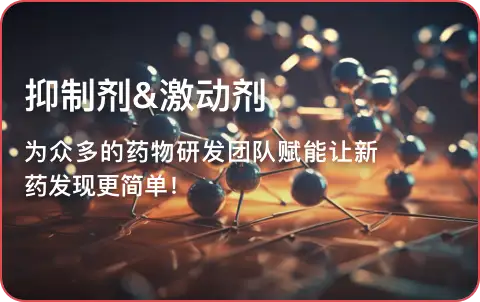



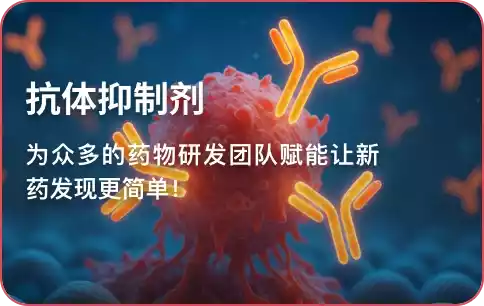







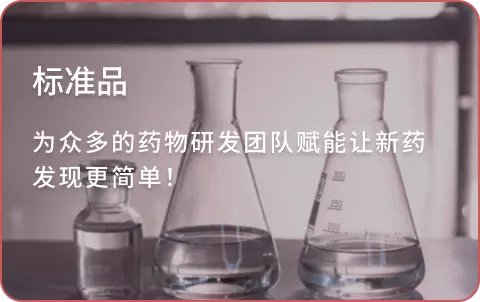
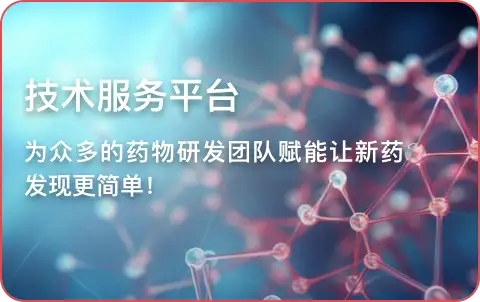
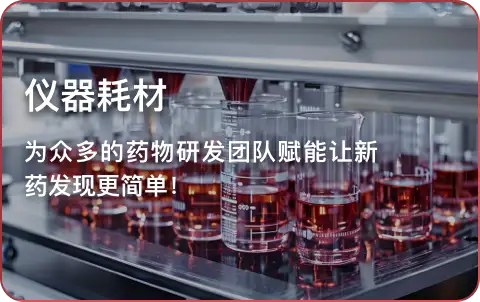
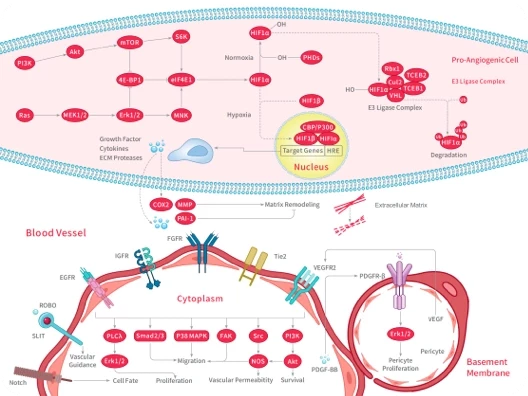
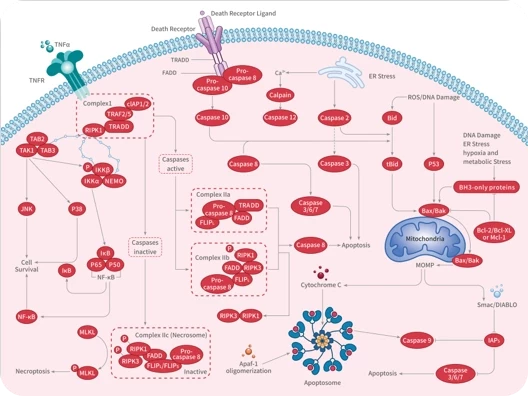
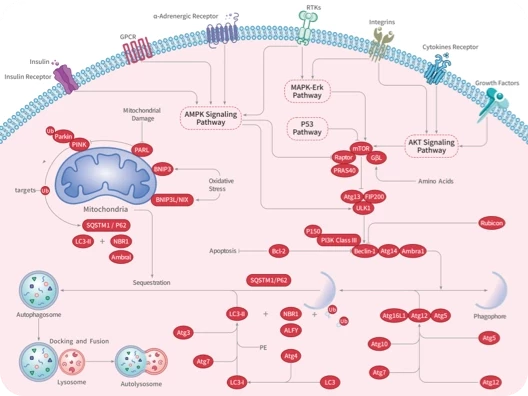

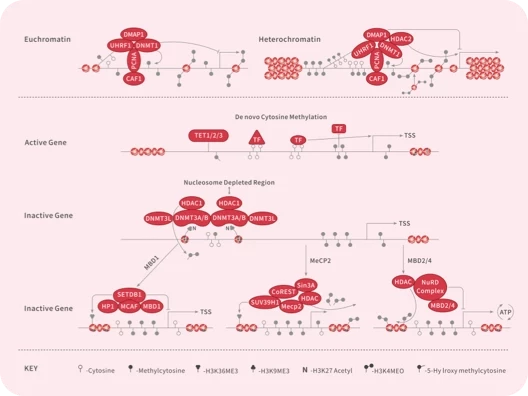
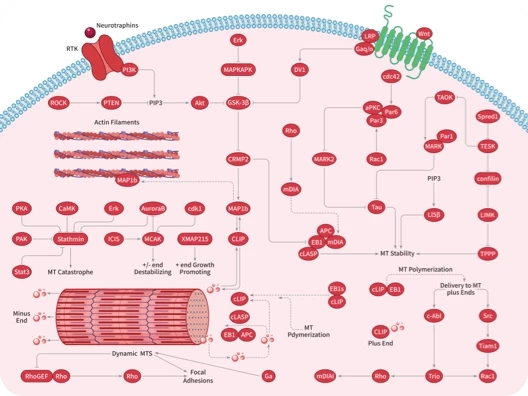
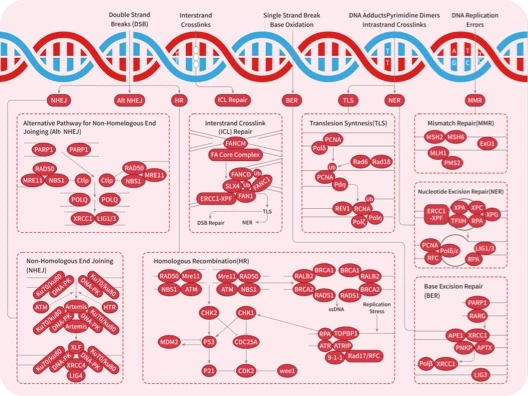
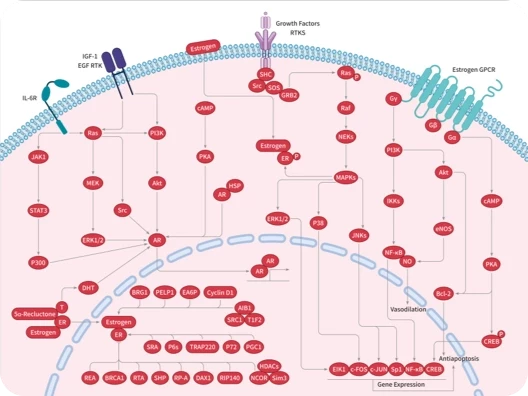
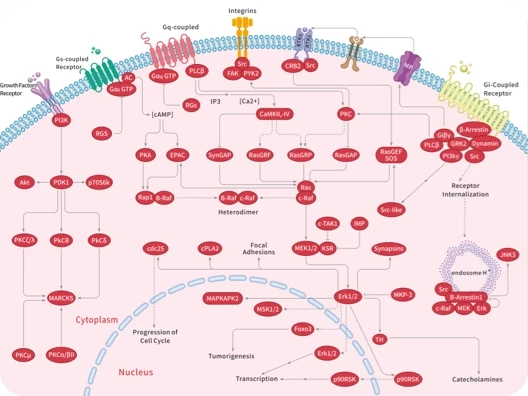
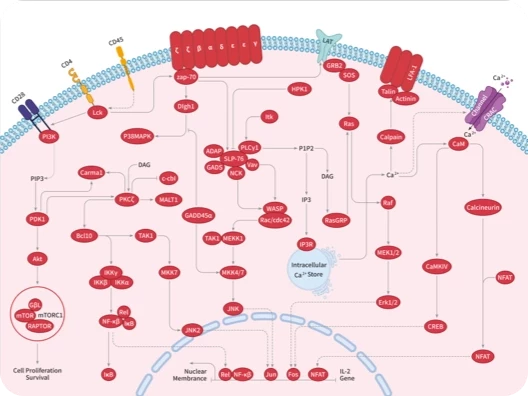
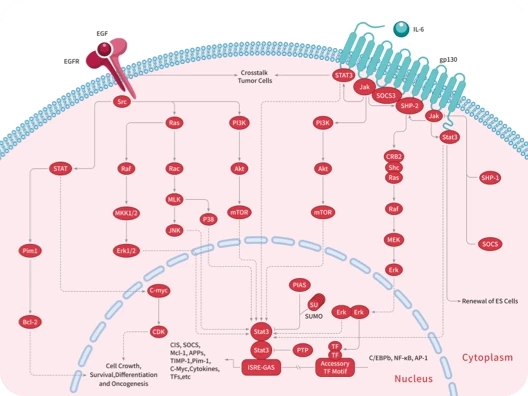
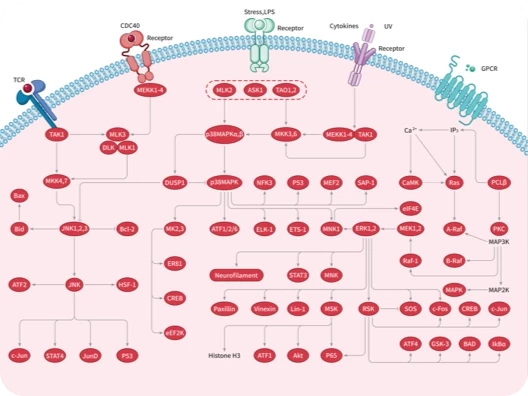
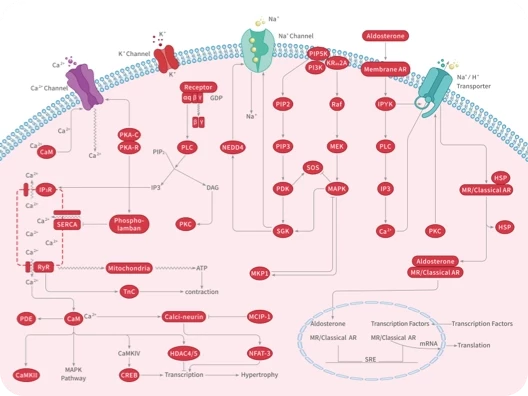
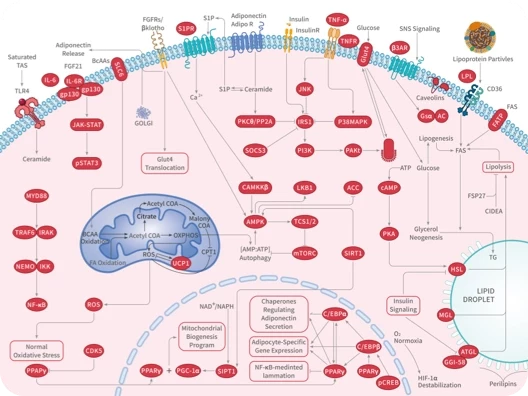
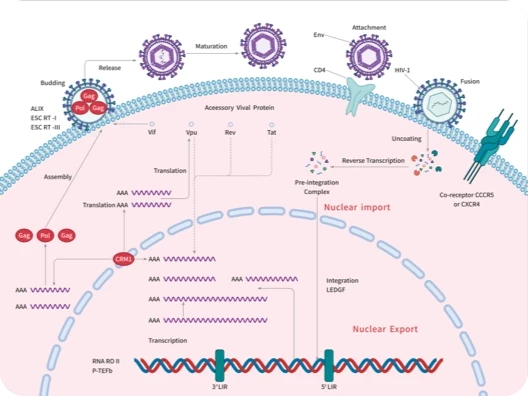


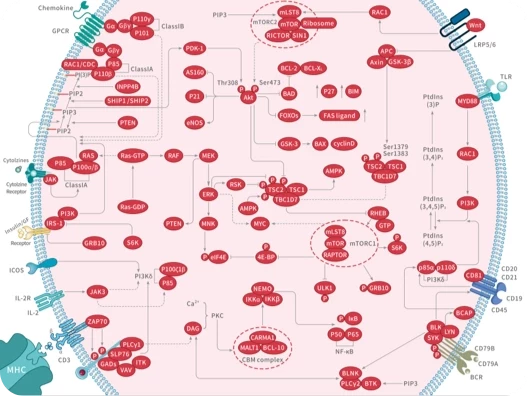
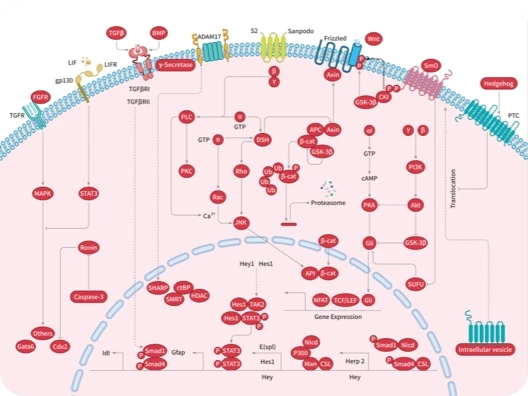

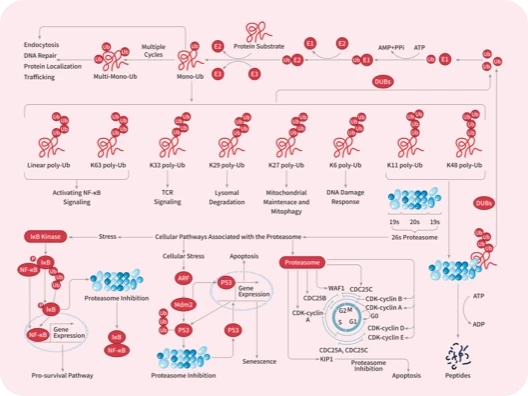

 |
|